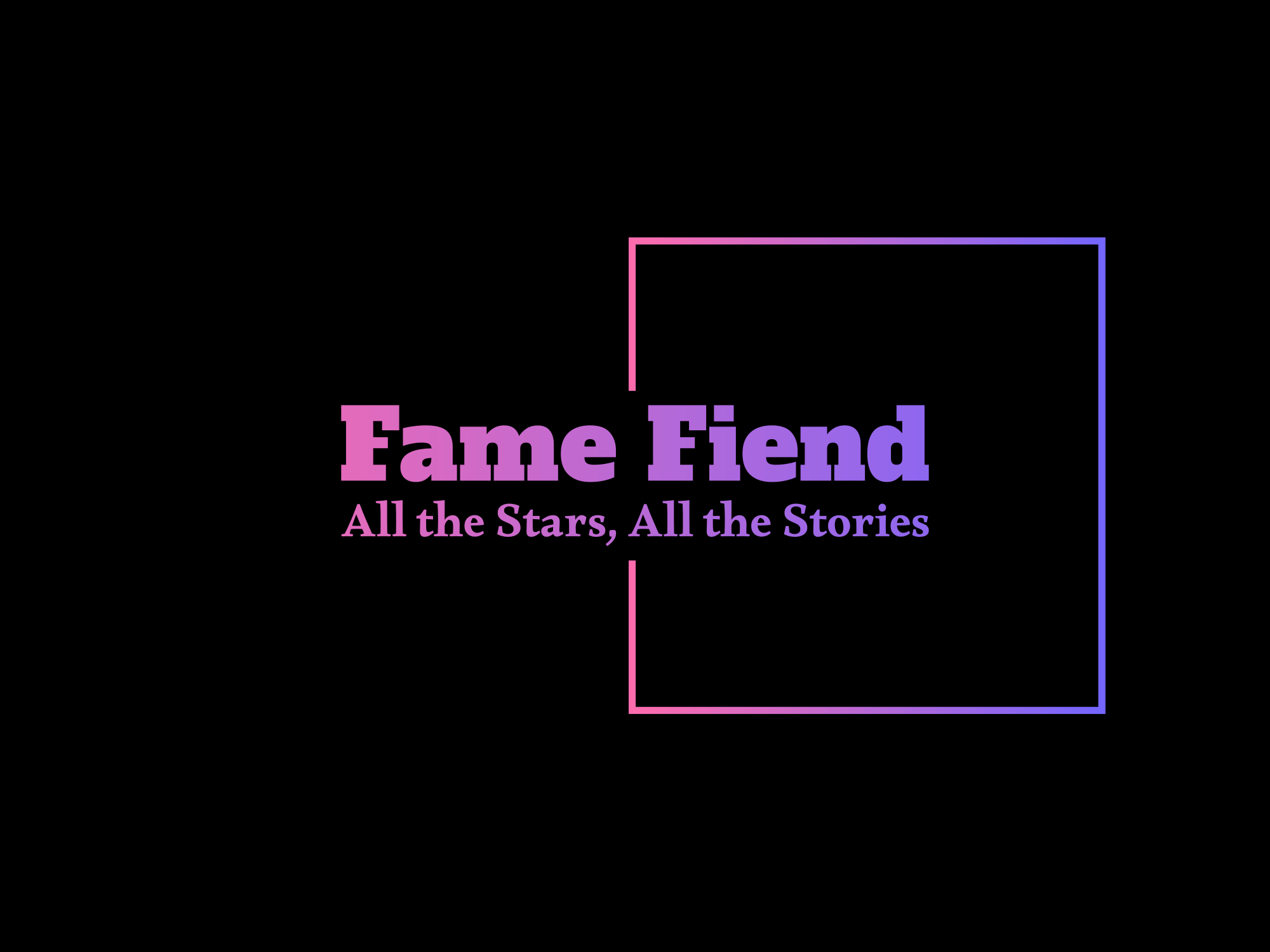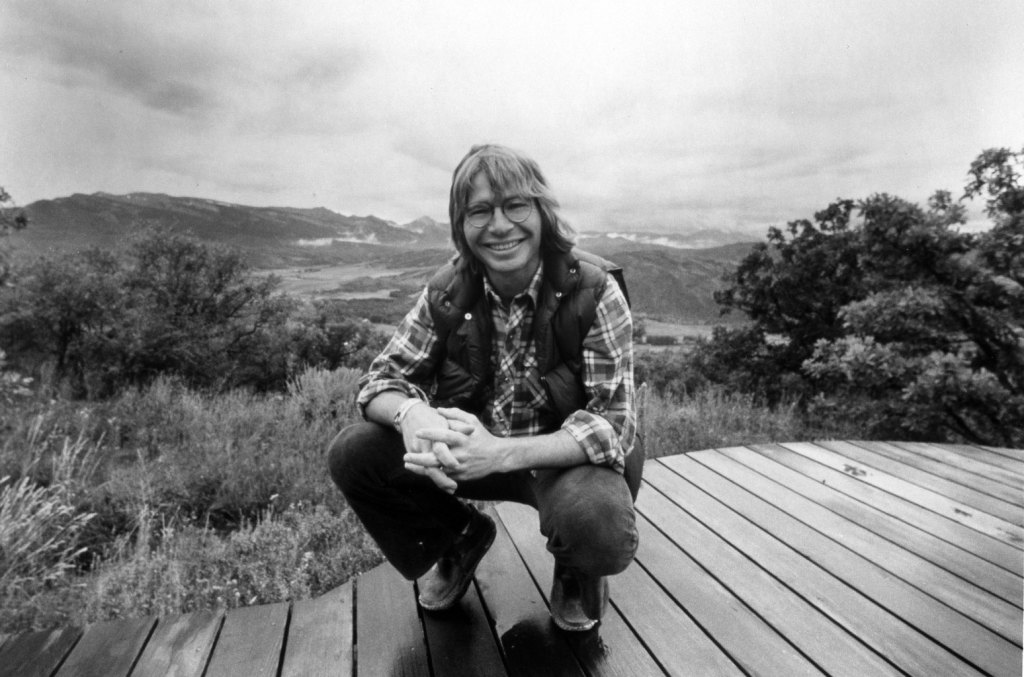The video for Machine Gun Kelly and Jelly Roll‘s collaboration, “Lonely Road,” (No. 18, Hot Country Songs) casts MGK as a finance-strapped, blue-collar worker who commits an armed bank robbery, gets run down in a police chase and ends up seeing his newborn daughter for the first time from behind a wall of glass in prison.
The criminal storyline plays out over a melody long associated with a comforting, nostalgic John Denver hit, “Take Me Home, Country Roads,” with which “Lonely Road” is interpolated.
Matching an edgy, violent plot line with the legacy of a goody-two-shoes pop-and-country environmentalist imprints a scruffy wrinkle atop Denver’s safe reputation while bringing some revenue into his estate’s coffers.
“It’s just this way to reinvigorate a song and remind people, ‘Oh, right, I love that song, “Country Roads,”‘ while they’re also having this great time at an MGK show,” 7S Management artist manager Amy Abrams noted on Sept. 18 while moderating the panel “Curating a Legacy — What Young Artists Can Learn From Estate Management” during the Americana Fest in Nashville. The reimagination of “Country Roads” provides Denver’s catalog “a way into a new audience, to associate yourself with another artist that may complement the image or the legacy that you’re working to create.”
Setting up a career for long-term health is, not surprisingly, similar to setting up personal finances for retirement. To do so successfully requires focusing on the future, protecting assets from opportunistic sharks, reflecting personal values in decision-making, saving documents and taking informed risks when it makes sense.
It also helps to develop a sense of self-worth. In personal finance, that means seeing oneself as someone who deserves to have a nest egg. In building a music career, that means self-identifying as a creator whose work has lasting value. That attitude might be difficult to develop during artists’ early years when bank accounts are slim and the desire to advance is powerful.
But Bob Dylan Center director Steve Jenkins noted that Dylan‘s latter-career reputation is, in part, an outgrowth of the importance he assigned to his copyrights and to his brand from his earliest years in the spotlight.
“He avoided some of the potholes that a lot of younger artists find themselves having to get into,” Jenkins said. “I think it’s about valuing your own work — as tempting as it might be, and at times, as necessary as it might be, to just bring some cash in initially — but taking a long view and thinking of yourself as that sort of artist.”
Perhaps most important is to start early, building the legacy consistently from the start rather than scrambling to make up lost ground on the back end. The panel focused on artists, though some of its points can be applied to other careers.
Key advice included:
• Think long term “If you are looking just ahead to tomorrow,” Abrams said, “and you are not looking way, way, way down the line, you are going to miss something.”
• Align with causes that speak to your audience “We often think about being careful to not turn off fans with this work; I think you can also turn on fans,” 7S Management director of philanthropy Kari Nott said. “When you speak up for folks who are screaming for help, who need your microphone to draw attention to the issue that they’re affected by, they’ll remember that for the rest of their lives.”
• Read contracts “You could just sign away your intellectual property for the rest of your life,” Abrams noted. “That’s a repercussion your grandkids are going to be dealing with when it doesn’t revert to your heirs.”
• Be willing to self-promote Abrams also observed, “There’s something to be said for telling everyone that you have a legacy. It’s up to you to communicate this information to the world and to throw your own party.”
• Celebrate important anniversaries The Denver estate is currently observing 50 years since he released the Back Home Again album. But, Jenkins said, be “judicious” in what anniversaries get promoted and make the marketing proportional to the milestone.
• Save memorabilia Dylan’s lyrics, finished or not, can sometimes be used to create merchandise or enhance exhibits. Photos, tour posters, backstage passes, set lists — as those items accumulate, they become a collection that has value in the long run.
• Share the thoughts and circumstances that inform your music “When you’re speaking to your team, the more you’re able to provide the context for your story as it relates to your work — you know, all the surrounding influences and whatnot — that leads to being able to champion you,” Concord vp of sync licensing and clearance Brandon Schott said.
• Identify icons worth emulating “Try and emulate the way that they move through the world,” Nott suggested. “Someone that I’ve always been struck by is Willie Nelson and how he starts every single Farm Aid concert by introducing himself and immediately passing the mic to the farmers.”
• Collaborate with others “I always describe sync as Brian Wilson — it’s taking two completely different instruments, laying them on top of each other, playing [them similarly] and they become a third instrument,” Schott said. “Taking visual artists and record artists, and putting them together can amplify both sides of that collaboration.”
• Look for other methods of exposure Advertising, in particular, can call attention to a copyright, though it can, Jenkins lamented, be “crass.” Ads that feel “more narrative-based,” said Schott, rather than blatant sales pitches, can remind the audience of a song and generate revenue without undermining its reputation.
• Leave a road map for heirs Artists who don’t specify their beneficiaries or leave instructions about how they want their legacy handled risk having their memories polluted or trivialized after they’re gone.
Subscribe to Billboard Country Update, the industry’s must-have source for news, charts, analysis and features. Sign up for free delivery every weekend.

